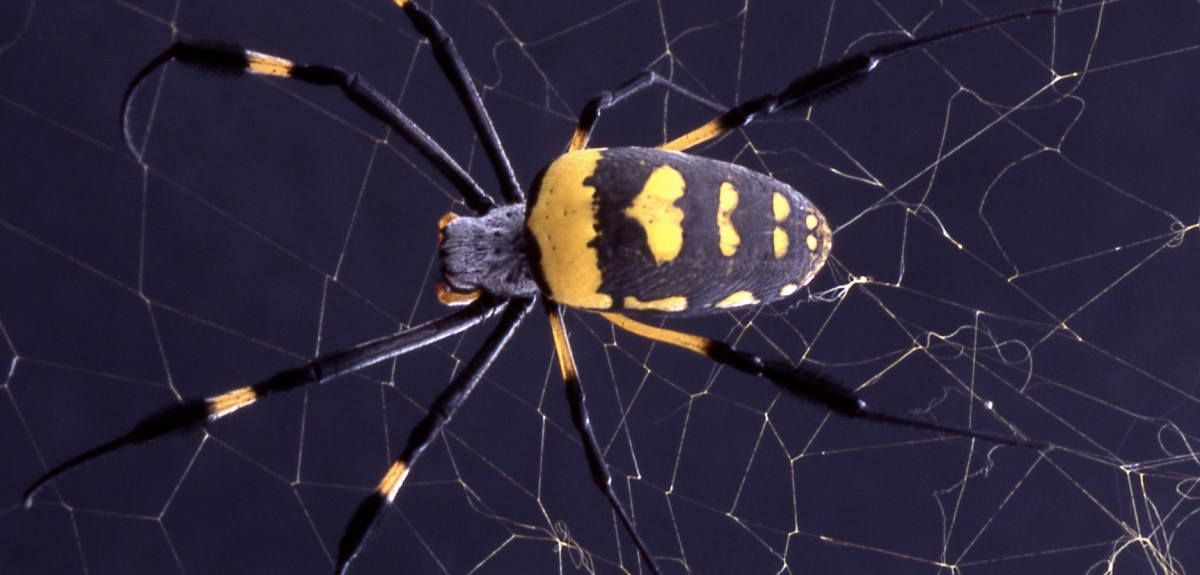A May 24, 2016 Massachusetts Institute of Technology (MIT) news release celebrates Markus Buehler’s latest award,
On May 21 [2016], Department of Civil and Environmental Engineering head and McAfee Professor of Engineering Markus J. Buehler received the 2015 Foresight Institute Feynman Prize in Theoretical Molecular Nanotechnology. Buehler’s award was one of three prizes presented by the Foresight Institute, a leading think tank and public interest organization, at its annual conference in Palo Alto, California. …
…
The Foresight Institute recognized Buehler for his important contributions to making nanotechnology scalable for large-scale materials applications, enabled by bottom-up multiscale computational methods, and linking new manufacturing and characterization methods.
Focusing on mechanical properties — especially deformation and failure — and translation from biological materials and structures to bio-inspired synthetic materials, his work has led to the development and application of new modeling, design, and manufacturing approaches for advanced materials that offer greater resilience and a wide range of controllable properties from the nano- to the macroscale.
Buehler’s signature achievement, according to the Institute, is the application of molecular and chemical principles in the analysis of mechanical systems, with the aim to design devices and materials that provide a defined set of functions.
“It’s an incredible honor to receive such an esteemed award. I owe this to the outstanding students and postdocs whom I had a pleasure to work with over the years, my colleagues, as well my own mentors,” Buehler said. “Richard Feynman was a revolutionary scientist of his generation. It’s a privilege to share his goals of researching molecular technology at very small scale to create new, more efficient, and better lasting materials at much larger scale that will help transform lives and industries.”
The two other award winners are Professor Michelle Y. Simmons of the University of New South Wales [Australia], who won the Feynman Prize for Experimental Molecular Nanotechnology, and Northwestern University graduate student Chuyang Cheng, who won the Distinguished Student Award.
I have featured Buehler’s work here a number of times. The most recent appearance was in a May 29, 2015 posting about synthesizing spider’s silk.
